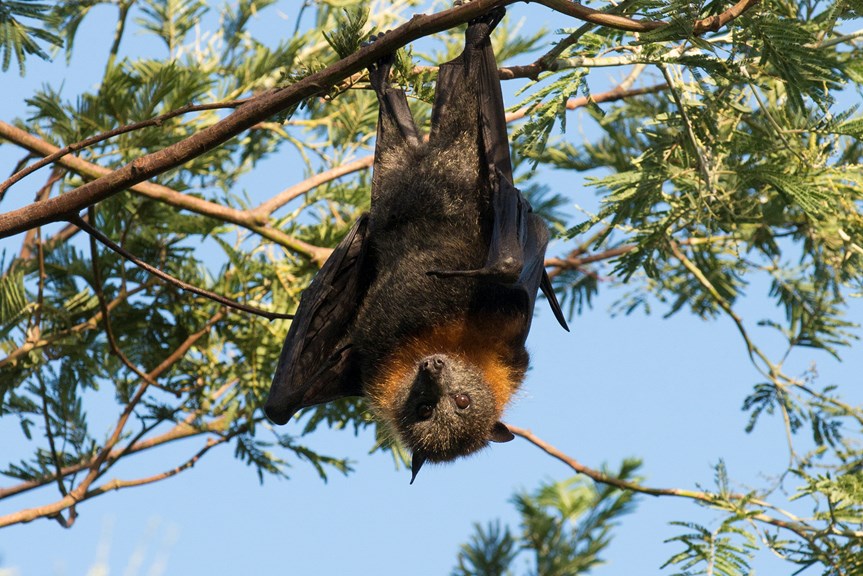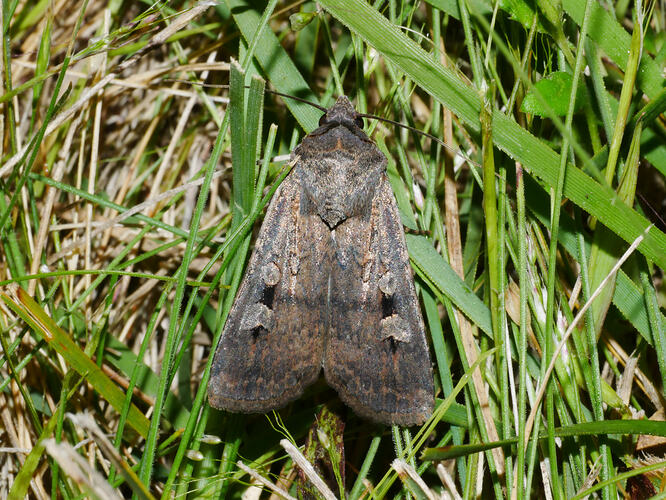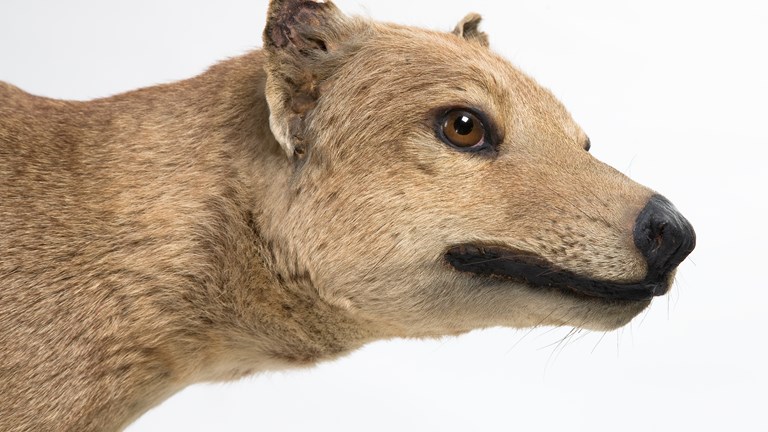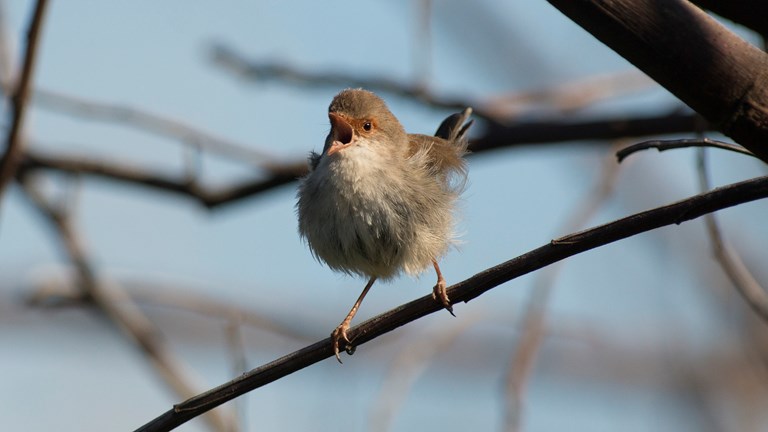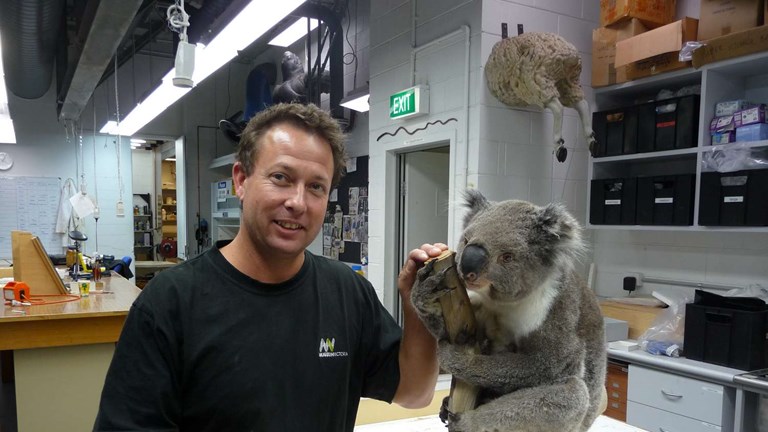More Australian species added to the endangered list
Without action, museum collections may be the only evidence some of these endangered species existed.
Australia has an unenviable record of species extinction.
While this has sometimes happened without the knowledge of what we are about to lose, that is no longer a defence; we know how bad the problem is.
In December 2021 the International Union for Conservation of Nature (IUCN) added a further 124 Australian species to its ‘Red List’, which catalogues creatures at risk of extinction.
Of those, 54 species are classified as vulnerable, endangered, or critically endangered.
Natural history museums, like ours, are full of wildlife that is no longer with us.
But there is still time to save these.
Grey-headed Flying-fox
Now vulnerable, the Grey-headed Flying-fox is the largest bat in Australia and among the largest in the world.
These fruit bats are only found on Australia’s east coast and have come under pressure from habitat loss and climate change.
The Grey-headed Flying-fox isn’t the only bat to join the IUCN’s list in 2021; the Ghost Bat has also been added as a vulnerable species.
Bogong Moth
Once counted in their millions, the Bogong Moth is now endangered.
Numbers have steadily been declining since the 1980s but recent droughts, among other things, have exacerbated the Bogong Moth’s plight.
The population collapse has also been felt by other species which rely on the moths for food, including the critically endangered Mountain Pygmy Possum.
Green-lipped Abalone
This is the largest abalone species in Australia, which can live for around 15 years.
Green-lipped Abalone is highly prized by commercial fishers which, combined with climate change, is responsible for much of its decline in the wild.
Numbers of Black-lipped Abalone are also decreasing, which has resulted in both of these species being listed as vulnerable but the IUCN.
Alpine stonefly
The Alpine Stonefly is a unique species, found only in Victoria’s alps.
As with many species in this area, it was severely affected by bushfires but logging and invasive species have also played a part in its decline to endangered status.
Natural disasters and extreme weather, driven by climate change, are a big factor behind the extinction risk of many Australian species.
Natives of Kangaroo Island, which was devastated by bushfires in 2020, feature heavily in the updated ‘Red List’—including the Kangaroo Island Requena and Australian Trapdoor Spider.
If we don't act now, museum collections may be the only evidence these species ever existed.
But what exactly does that involve?
‘We must act with urgency on climate change at every level—from the national to our own household,’ says Kate Phillips, the museum’s senior curator of science exhibitions.
‘Support research, monitoring, environmental management and biodiversity conservation.’
Senior curator of mammals Dr Kevin Rowe says we also need to foster a greater personal appreciation of the world around us.
‘There‘s a lot people already do from changing consumer habits, to donating time and money, to voting, to making a healthier garden, but it all depends on species diversity being a value and priority in our everyday life.
‘When knowledge of nature and species diversity becomes one of the activities we enjoy most in life, preventing extinction will become a priority.
‘Nature unknown, nature apathy, is how we tolerate extinctions and forget to do something about it.
‘Enjoy and acknowledge nature; don’t just fear for its decline.’

